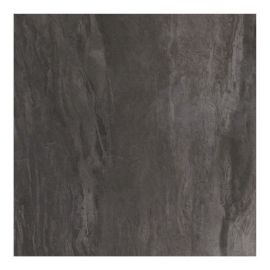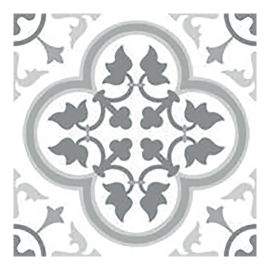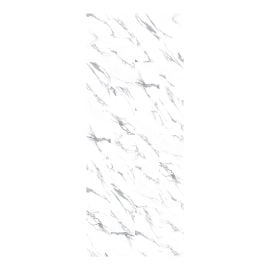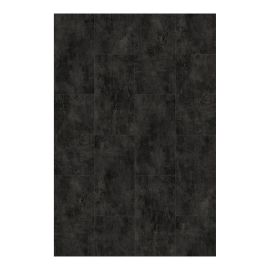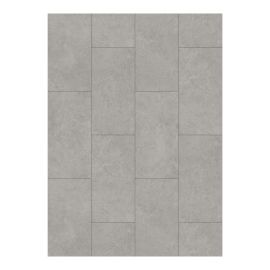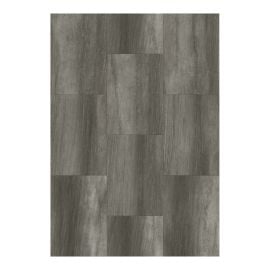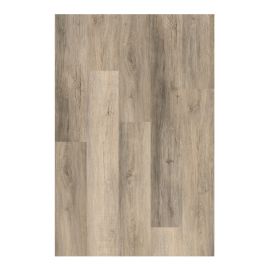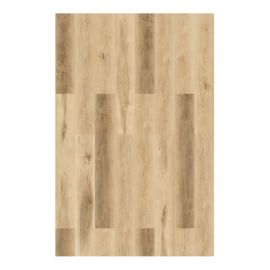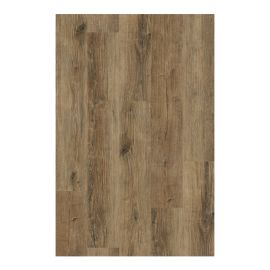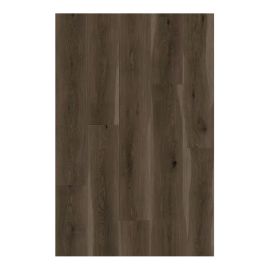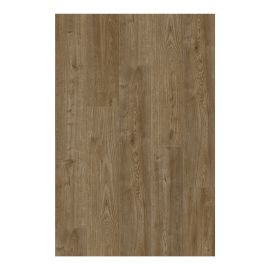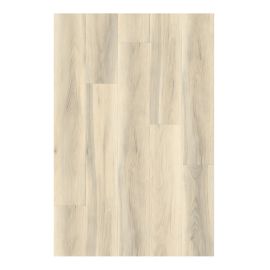SPC flooring has come a long way over the years. You can now get very high quality products in a wide range of decor friendly finishes. It’s easy to install and offers excellent resistance to scratches and moisture. Here’s how to choose the right SPC flooring for you.
Vinyl vs. SPC: What’s the difference?
Although vinyl and SPC flooring have a lot in common, they’re not exactly the same. Traditional vinyl flooring consists of three layers: PVC on top, a printed pattern in the middle, and PVC or fibreglass on the bottom. SPC vinyl flooring includes a layer of stone particle composite—hence the name—usually made of limestone powder, PVC and a stabilizing agent.
It has four layers in total:
- Wear layer: This transparent top layer protects the flooring from stains and scratches.
- Vinyl layer: This high-quality vinyl layer is printed with the flooring’s colour and pattern.
- SPC layer: This is the core of the plank. It gives the flooring structure and stability.
- Membrane: Most SPC flooring includes a built-in soundproofing membrane that further stabilizes the floor and provides soundproofing.
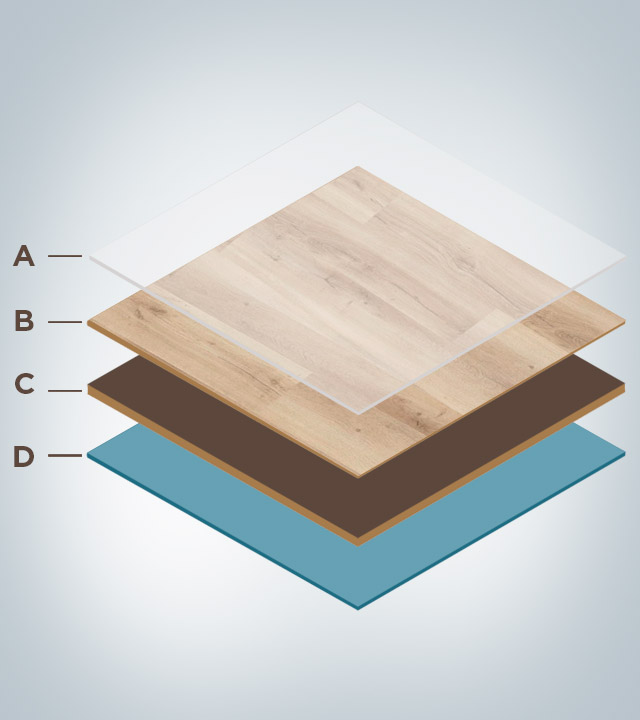
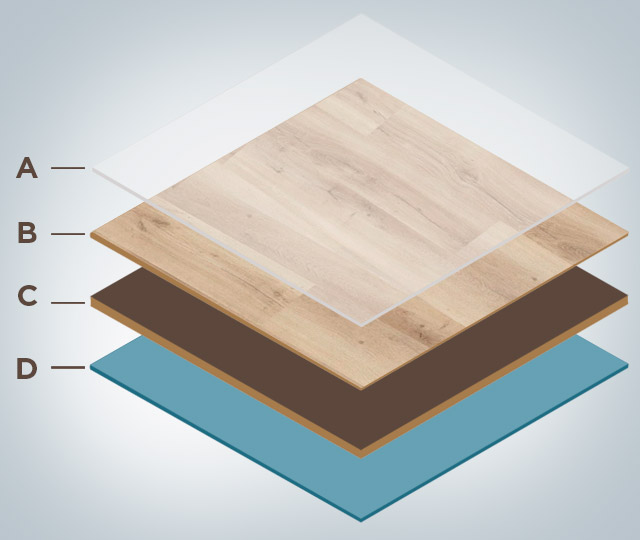
Installation
Vinyl flooring is quite flexible, so it needs to be installed on a perfectly flat, level surface. It can be self adhesive, floating or glue-down, meaning it needs to be installed with vinyl flooring adhesive. SPC flooring is more rigid, so it can still perform well on less-than-perfect subfloors. It is usually installed with a click lock attachment system that doesn’t require any screws, nails or glue.
Why choose SPC flooring
- Highly resistant to moisture: Won’t be damaged by spilled drinks or pet messes as long as they’re cleaned up promptly. If you ever have serious water damage, such as a burst pipe, you will probably have to replace the flooring, as water can seep into the joints.
- Easy to install: SPC planks can be cut to size with a utility knife and fit together with a click-lock attachment system, so no nails or glue are needed.
- Decor-friendly: SPC is available in a wide range of colours and can mimic other materials such as wood or ceramic.
- Child- and pet-friendly: This flooring doesn’t stain, crack or fade easily, making it ideal for families with children and pets. The SPC core also makes it highly soundproof.
- Easy to maintain: Just vacuum regularly and clean up any spills—that’s it!
- Warranty: Most manufacturers offer coverage for up to 35 years (see your local BMR for details).
Did you know?
- SPC is more expensive than laminate flooring.


Choosing the right thickness
SPC flooring is generally available in thicknesses ranging from 2 mm to 5 mm.
However, total thickness is not the only factor in determining quality. Wear layer thickness is also important, as this is the part of the floor that needs to withstand everyday use. The wear layer thickness is usually indicated next to the total plank thickness. For example, if an SPC flooring has a thickness of 5 mm/0.3 mm, this means that the wear layer is 0.3 mm thick.
Where to install SPC flooring
SPC flooring has good moisture resistance and excellent impact resistance, making it a versatile option for any room in your home. Since SPC is so sturdy, you can install it on many different subfloor surfaces, including concrete, plywood, old flooring and even ceramic tiles. SPC flooring is a great choice for living rooms, kitchens, bedrooms, offices, hallways and basements.
It can also be installed in a bathroom, but you should be aware that even though SPC is highly water-resistant, accumulations of liquid can seep into the joints between the planks, damaging the lower layers of the floor or encouraging the growth of mould.
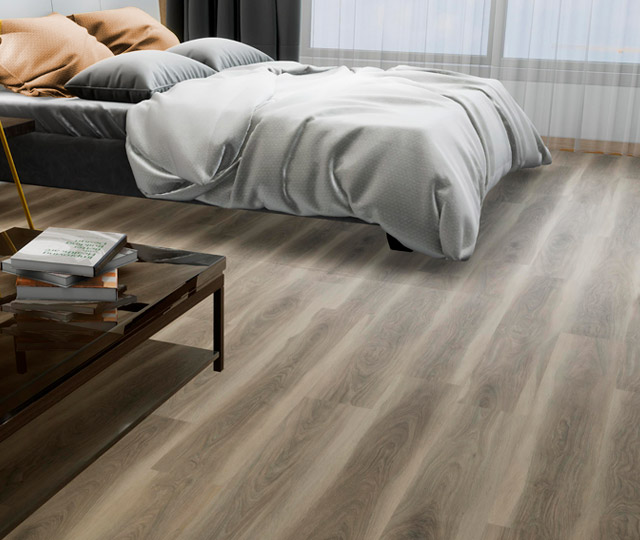

Ready to choose your SPC flooring? Browse our options online or visit your local BMR for more advice.
En savoir plus sur le plancher stratifié
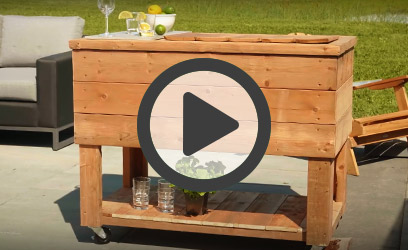

Installer son plancher flottant
Lorem ipsum dolor sit amet, consectetur adipiscing elit. Morbi sed ligula lacinia, pellentesque lacus vel, ornare ipsum. Nam quis rutrum arcu.


Changer une planche de plancher flottant
Lorem ipsum dolor sit amet, consectetur adipiscing elit. Morbi sed ligula lacinia, pellentesque lacus vel, ornare ipsum. Nam quis rutrum arcu.


Entretenir son plancher stratifié
Lorem ipsum dolor sit amet, consectetur adipiscing elit. Morbi sed ligula lacinia, pellentesque lacus vel, ornare ipsum. Nam quis rutrum arcu.
Popular choices
Shop by category
The information in this article is intended as a guide only and may not be applicable in certain situations. When in doubt, talk to a local BMR expert.


